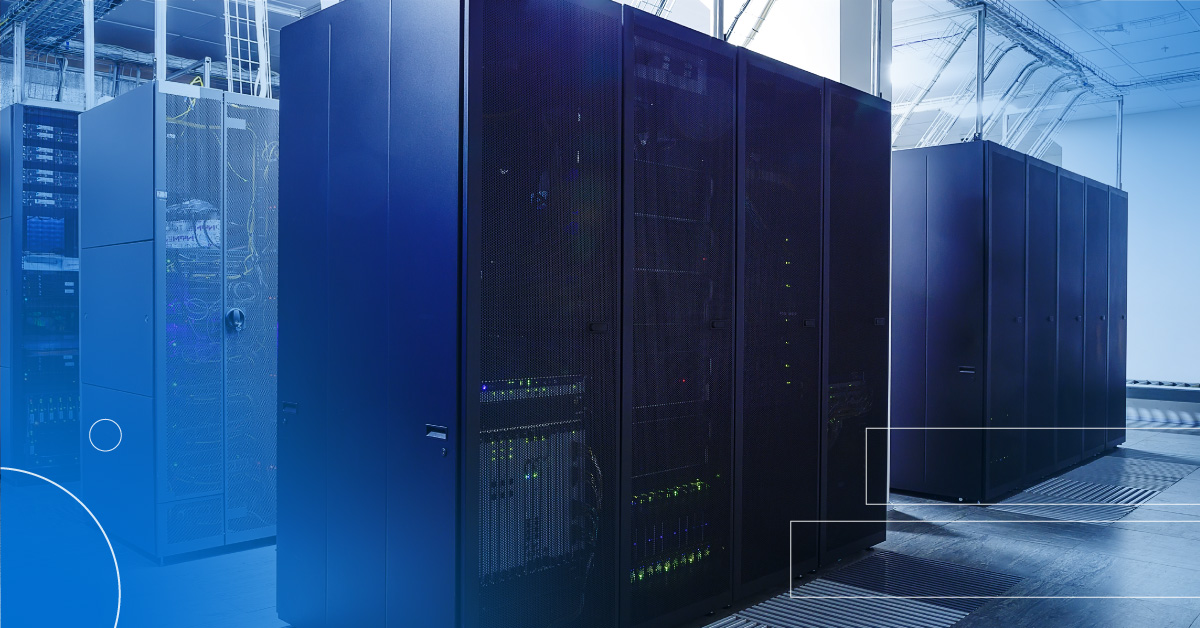Companies are moving away from overly complex, hard-to-manage infrastructure configurations that take valuable time away from their IT departments to virtualized workloads that better manage their team’s time and resources. The good news is there’s an option to benefit from the best of both virtual and physical environments with converged vs. hyperconverged infrastructure.
- Traditional (non-converged) infrastructure
- Converged infrastructure (CI)
- Hyperconverged infrastructure (HCI)
- What is the difference between converged and hyperconverged infrastructure?
- Which infrastructure solution is best for my IT organization?
Before jumping into the differences, advantages, disadvantages and considerations for converged and hyperconverged infrastructure, reviewing the basics of traditional infrastructure is essential.
Traditional (non-converged) infrastructure
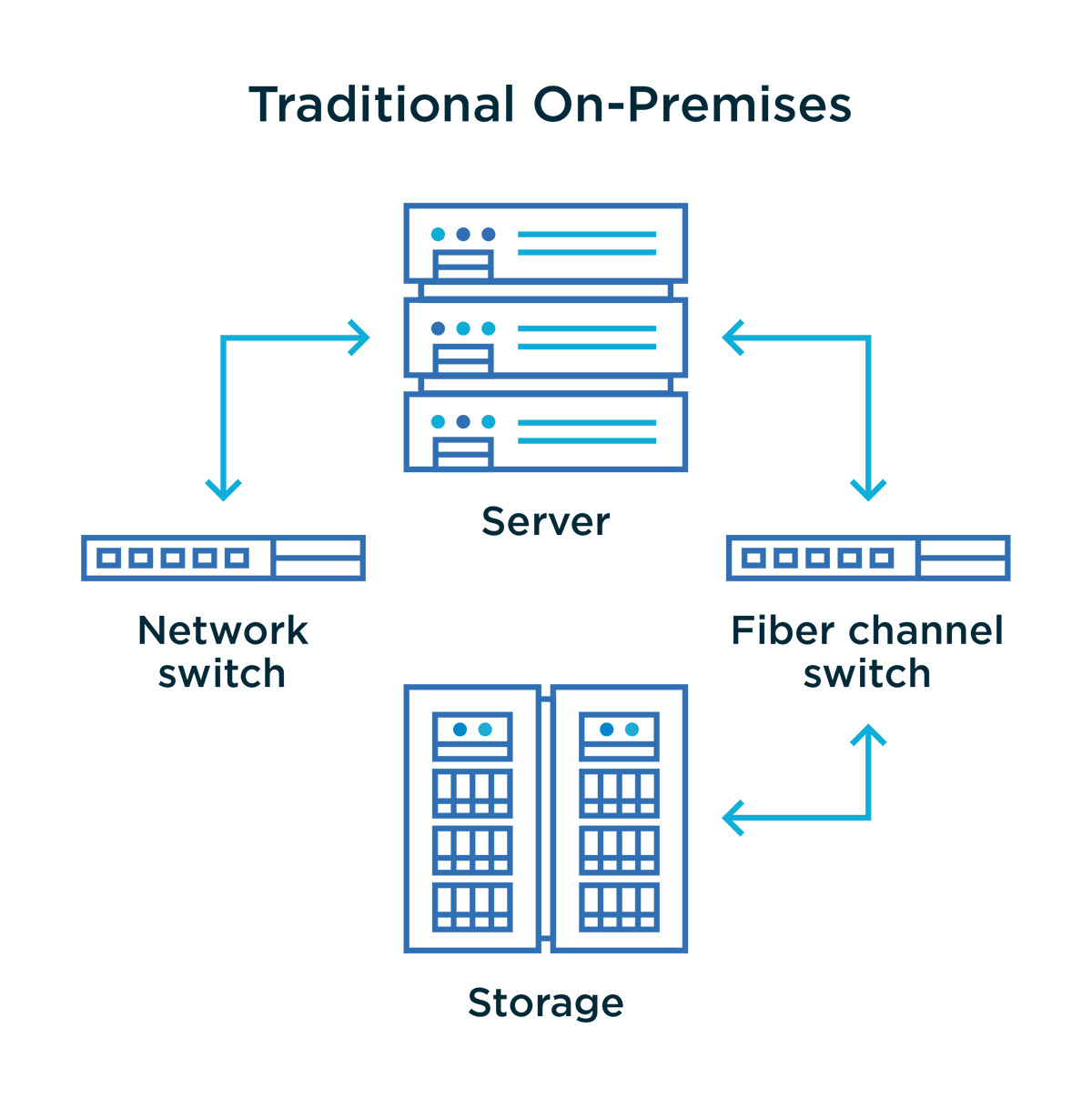
Traditional infrastructure is comprised of separate building blocks, including servers, storage, networking, etc. Every component in traditional infrastructure is connected, meaning each element is individually configured and managed. Traditional infrastructure can handle large deployments and the number of users.
Converged infrastructure (CI)
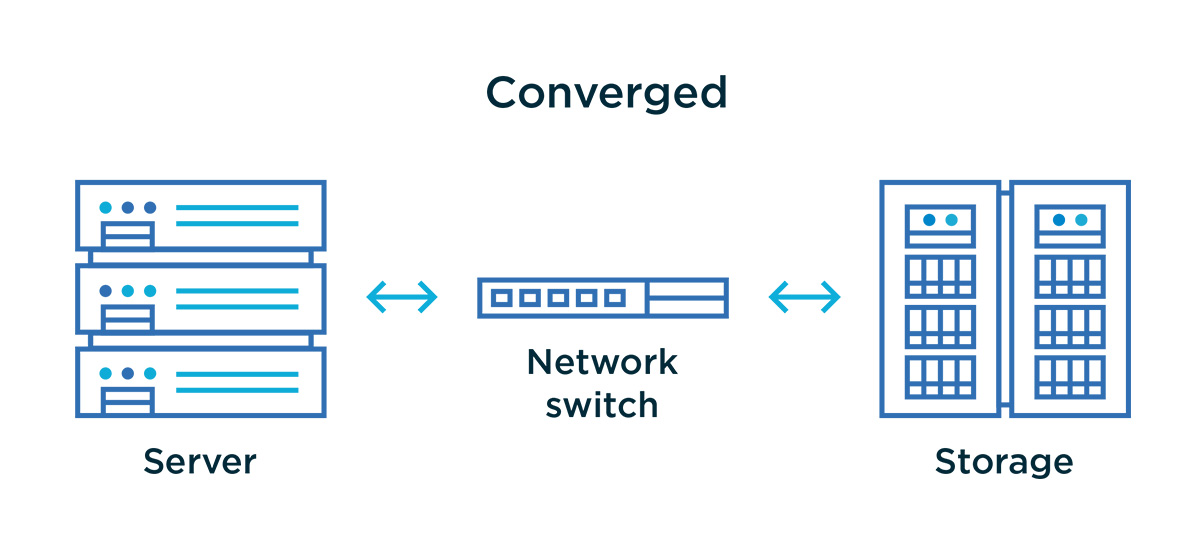
Converged infrastructure (CI) is hardware-based and integrates multiple components, including servers, storage, networking, software, etc. into a single pre-configured system. Despite being consolidated, each component must be configured and managed separately.
Advantages of converged infrastructure
- Easily scalable: CI is made up of individual components, streamlining the process of adding or removing elements based on specific needs or demands.
- Simplifies management and agility: Consolidating components into one system centralizes management and increases efficiency.
- Streamlines deployment: Components in one cohesive package make deployment easier and faster.
- Increases productivity: As you can imagine, centralized management and quicker deployment timelines increase productivity and time savings.
- Cost savings: With fewer hardware and software components, CI eliminates unneeded redundancies between components. Other cost benefits include:
- Eliminating software licensing costs from different components
- Reducing energy and total cost of ownership (TCO) from a unified stack
- Producing predictable costs for scaling
Disadvantages of converged infrastructure
- Configuration limitations: Hardware and software have predefined templates and structures for network, storage and computing.
- Initial cost: You may pay more for CI than buying individual components from various vendors; however, you’ll likely recoup the investment over time.
Who uses converged infrastructure?
Many companies have moved to a converged infrastructure to solve IT sprawl and eliminate data siloes. It’s a great fit for mid-sized companies and large organizations because it reduces the number of components and streamlines management.
In the past, small and medium-sized businesses (SMBs) struggled to deploy advanced technology due to budget or staff limitations. However, converged infrastructure’s reduced complexity makes it more manageable for small and medium-sized businesses.
Hyperconverged infrastructure (HCI)
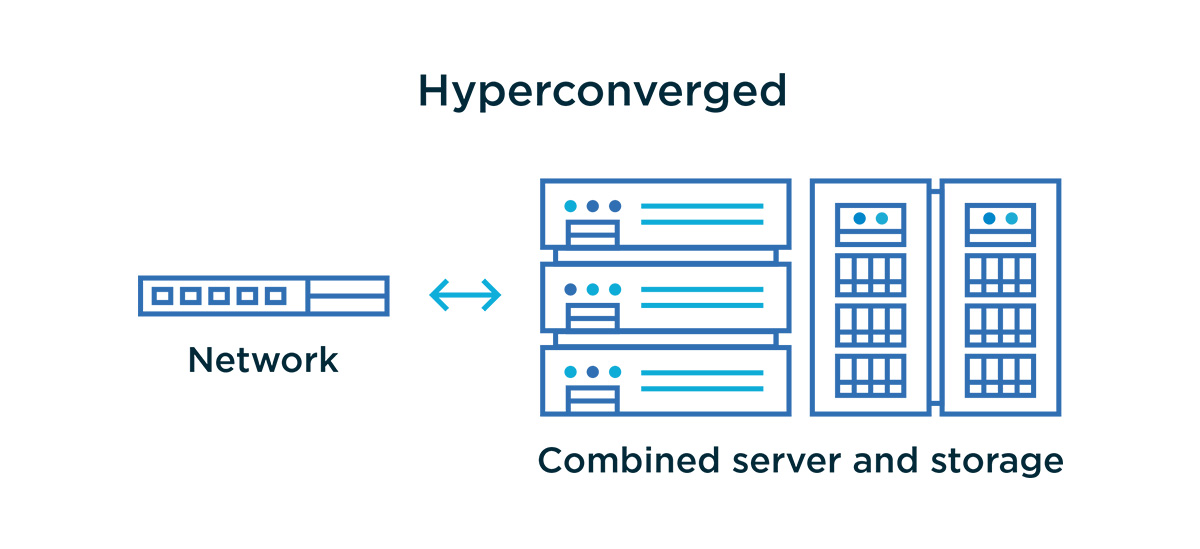
Hyperconverged infrastructure (HCI) is software-based and integrates the same components as CI (servers, storage, networking, etc.) into one unified system that can’t be separated into its own components. This single software-defined platform simplifies business operations, improves application performance and reduces costs while enhancing scalability and flexibility. To create this virtualized environment, HCI relies on hypervisors.
What is a hypervisor?
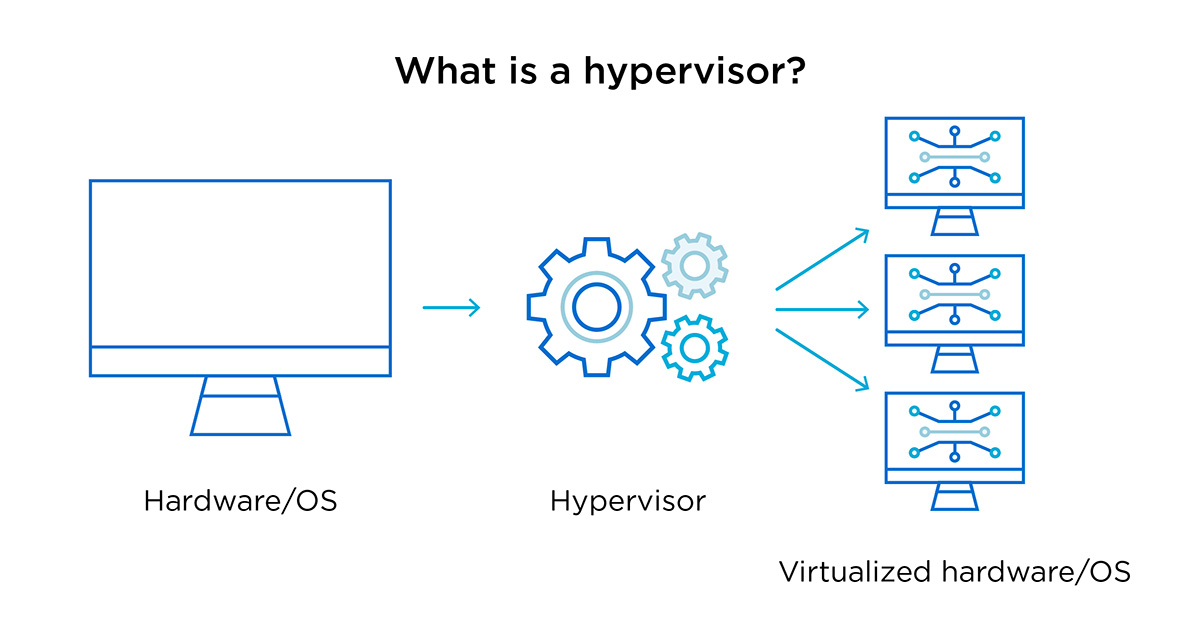
A hypervisor is a program or operating system (OS) that runs virtualized machines (VMs). Hypervisors allow one system to support multiple virtualized environments.
Advantages of hyperconverged infrastructure
- Customizable: Similar to CI, HCI can connect to other units as needed to create a solution tailored to respond to changing needs and future growth.
- Accelerates deployment: Since HCI is combined into a single system, the deployment process is more straightforward than CI or traditional environments.
- Maximizes productivity: A single unified system decreases the chances of complications or other hardware issues.
- Scalability: HCI is easily scalable by adding nodes and allows administrators to independently scale storage and compute resources.
- Disaster resilience and security: Data stored across multiple nodes improves disaster resilience, while built-in security keeps data safe and highly secure.
- Reduced latency: High-capacity SSD means less latency and faster response times.
- Cost savings: HCI can reduce costs compared to purchasing multiple components separately.
Disadvantages of hyperconverged infrastructure
- Vendor lock-in: Like CI, HCI is based on a single vendor’s hardware and software, making it challenging to migrate to a new system in the future.
- Compatibility issues: Running a virtualized environment means you might have to assess potential legacy application compatibility.
Who uses hyperconverged infrastructure?
HCI has become increasingly popular in recent years because of its ability to simplify IT operations. Organizations of all sizes across many different industries and business sectors use HCI, including education, manufacturing, financial services, government and others.
What is the difference between converged and hyperconverged infrastructure?
Simply put, converged infrastructure is hardware-based, and its components can be managed separately. Hyperconverged infrastructure is software-based, and its components can’t be managed separately. Both architectures can be virtualized and serve as a public and private cloud platform.
Which infrastructure solution is best for my IT organization?
Traditional, converged and hyperconverged infrastructures can all drive business value and help streamline operations. Determining the best approach requires an understanding of the following:
- Scalability requirements and/or limitations, especially if your organization is growing or anticipates future growth
- Existing systems and integrations
- Current and future IT resources
- Type and level of support required from external vendors
As always, there’s no one-size-fits-all solution for IT infrastructure. By understanding each model’s differences and advantages, you’re well on your way to finding the right solution to meet business demands.



